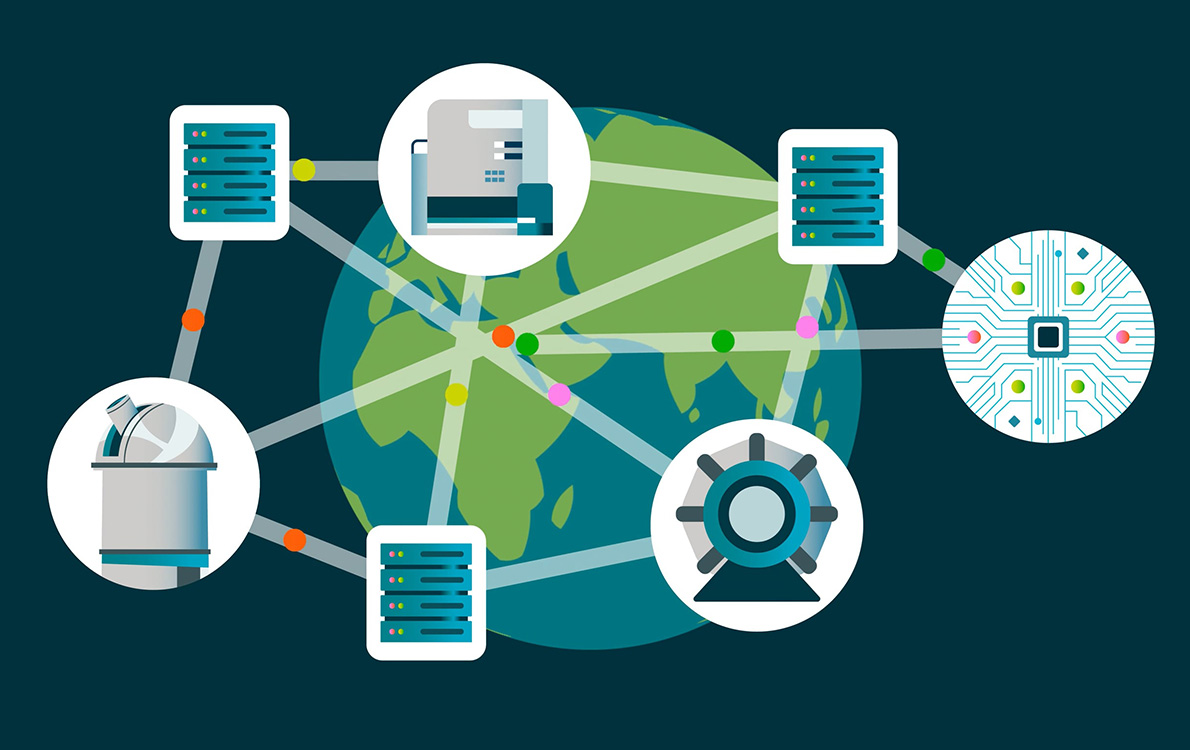For the first time, scientists streamed raw physics data across the entire country in real time, at 100 Gbps, with no buffering or temporal storage. Being able to stream terabytes of scientific data across the country at such speeds, with no data loss or latency-related problems, is a major milestone.
A collaboration between Energy Sciences Network (ESnet) and Thomas Jefferson National Accelerator Facility, the EJFAT prototype has been designed to allow different types of facilities like X-ray light sources and particle accelerators to stream data directly into multiple supercomputers for processing and analysis. Doing so means that researchers will be able to calibrate and steer time-sensitive experiments faster and more easily while they’re happening, while pooling all compute resources independent of geography. Think tracking a supernova in the night sky, or analyzing a deadly virus using a light source. These are the kind of breakthroughs that the Department of Energy’s new Integrated Research Infrastructure program seeks to accelerate by seamlessly linking its vast ecosystem of experimental and computational resources.



